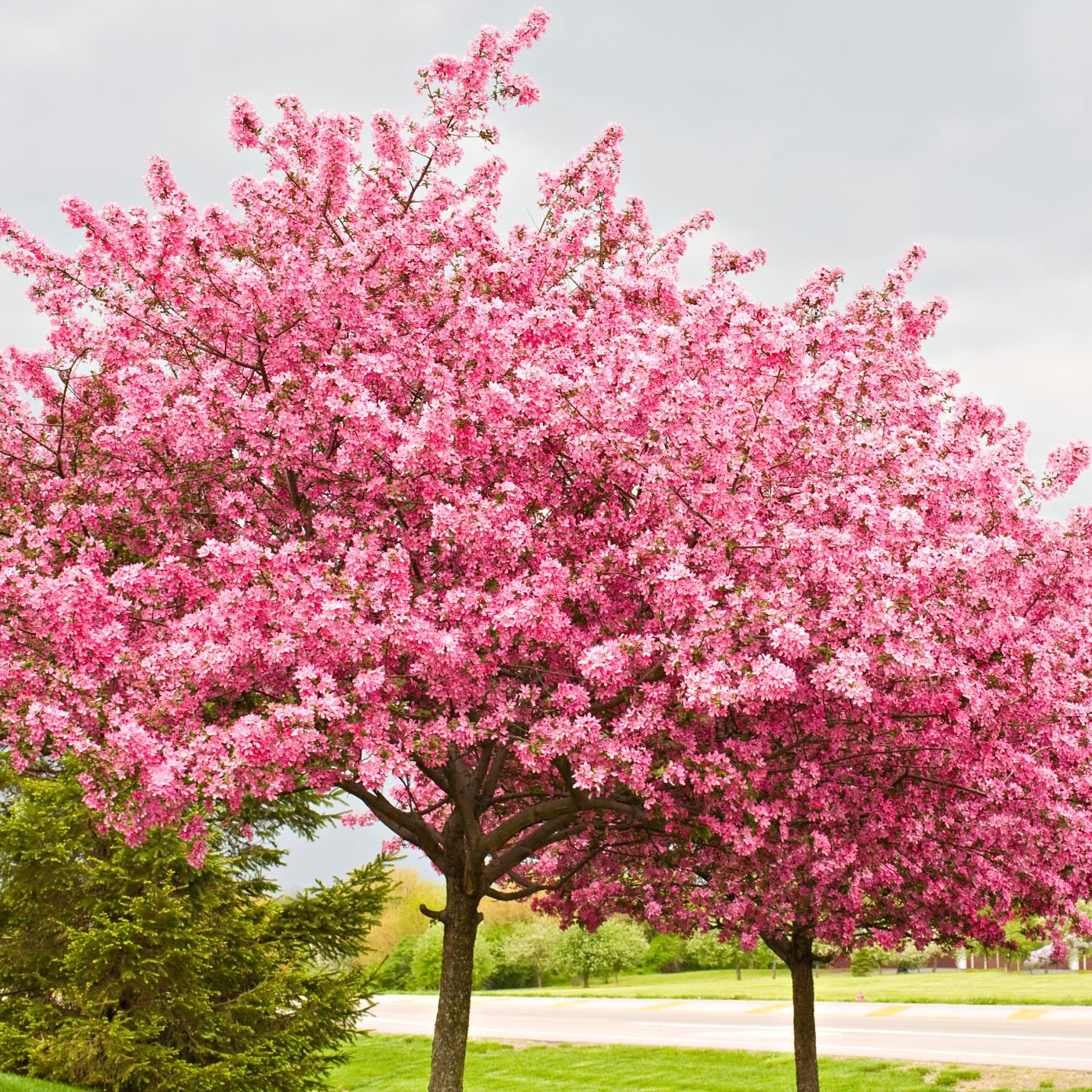What you need to know about the causes and culprits behind your soon-to-be wheezing and watery eyes during the allergy season.
The Lone Star State is home to hundreds of allergy-inducing trees and plant species that can cause itchy, watery eyes, wheezing and sneezing. In fact, of the more than 50,000 types of trees, less than 100 types contribute pollen – and most of these are native to Texas, according to the Asthma and Allergy Foundation of America.
“In Texas, we have a lot of plants and trees that make people wheeze and sneeze,” says Steven Cole, D.O., an allergist on the medical staff at Baylor University Medical Center at Dallas. “We also have a lot of wind to blow pollen around, which creates problems for people who have allergies.”
That’s because pollen – miniscule granules generated by flowering trees’ grasses and plants – can be easily swept from allergy-inducing plants into the nasal passages and airways of sensitive individuals. But while there’s no real way to avoid allergies altogether, Dr. Cole says there are some common culprits to look out for this spring.
The Usual Suspects
OAK: Known for producing the greatest quantity of pollen for the longest season, oak trees are a common cause of itching and congestion
ASH: These towering trees typically wreak the most havoc in March or April when start to flower.
MAPLE: One of the most allergenic trees and popular offender in Texas.
Signs and Solutions
Fortunately, Dr. Cole says it’s easier than you think for people with seasonal pollen allergies to take control of their runny noses, sneezing, postnasal drip and itchy ears and throats. “Most people who have mild to moderate allergies only need an over-the-counter antihistamine,” says Dr. Cole. “For people who have more moderate to severe allergies, they’ll need prescription medication. And if these don’t work, or they don’t like them, the next step would be injections.”
###
Baylor Innovations
By Cindy Waxer
Winter 2012, Volume 6 No. 1
You may also be interested in . . .
A Deep Dive into Summertime Allergies
As the warmth of summer graces us with its presence, many of us are eager to embrace outdoor activities and soak up the sun. However, along with the…
Botanical Sexism: Does it impact allergy sufferers?
What is Botanical Sexism? Tom Ogren, horticulturist and allergy researcher, has done extensive research on ways to reduce pollen counts and pollen…
Ragweed and Fall Pollen Allergies
Back to school season is here! Shorter days, crisp, cool evenings, and beautiful fall foliage are on the horizon. This time also marks the onset of weed…



